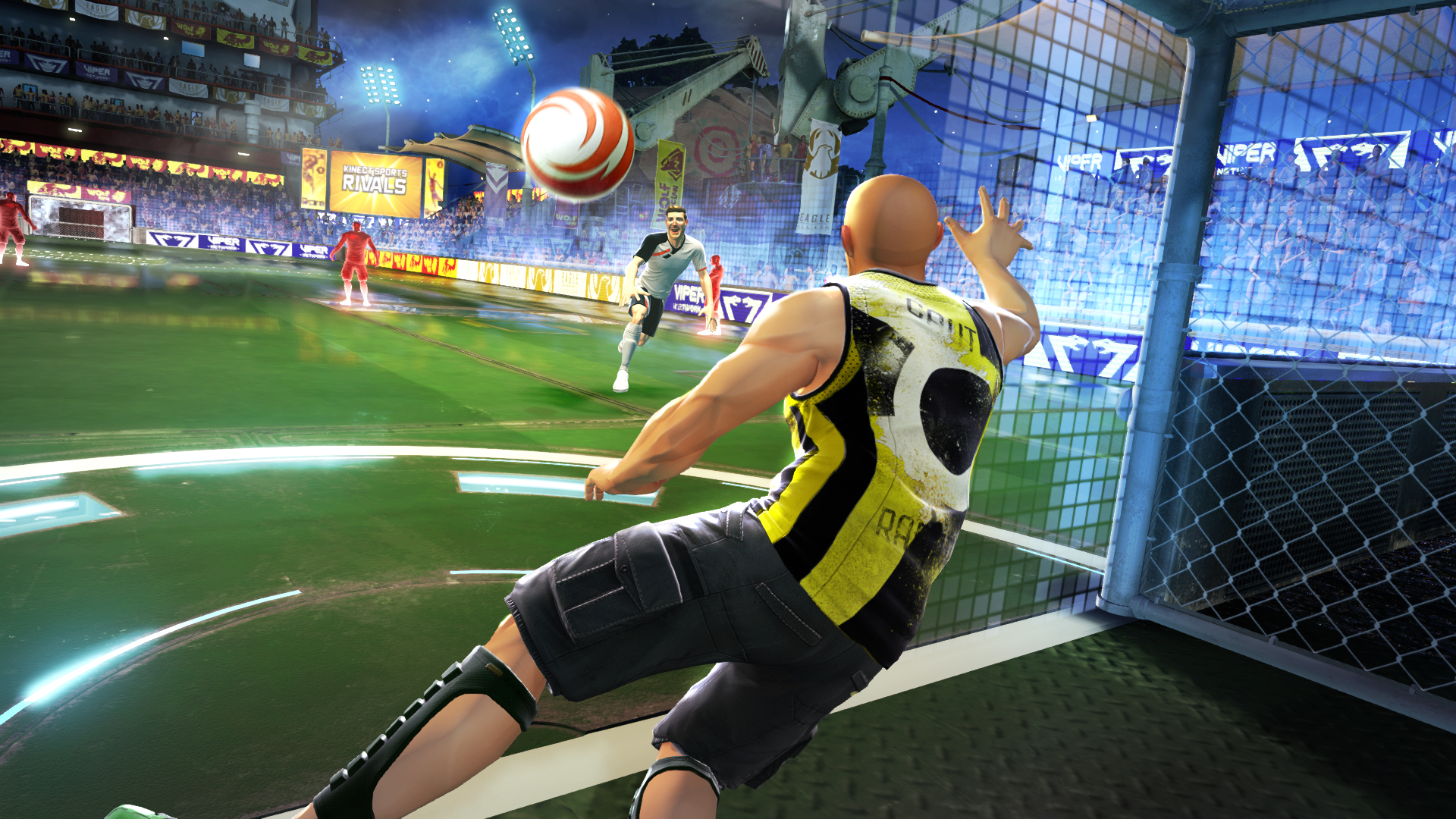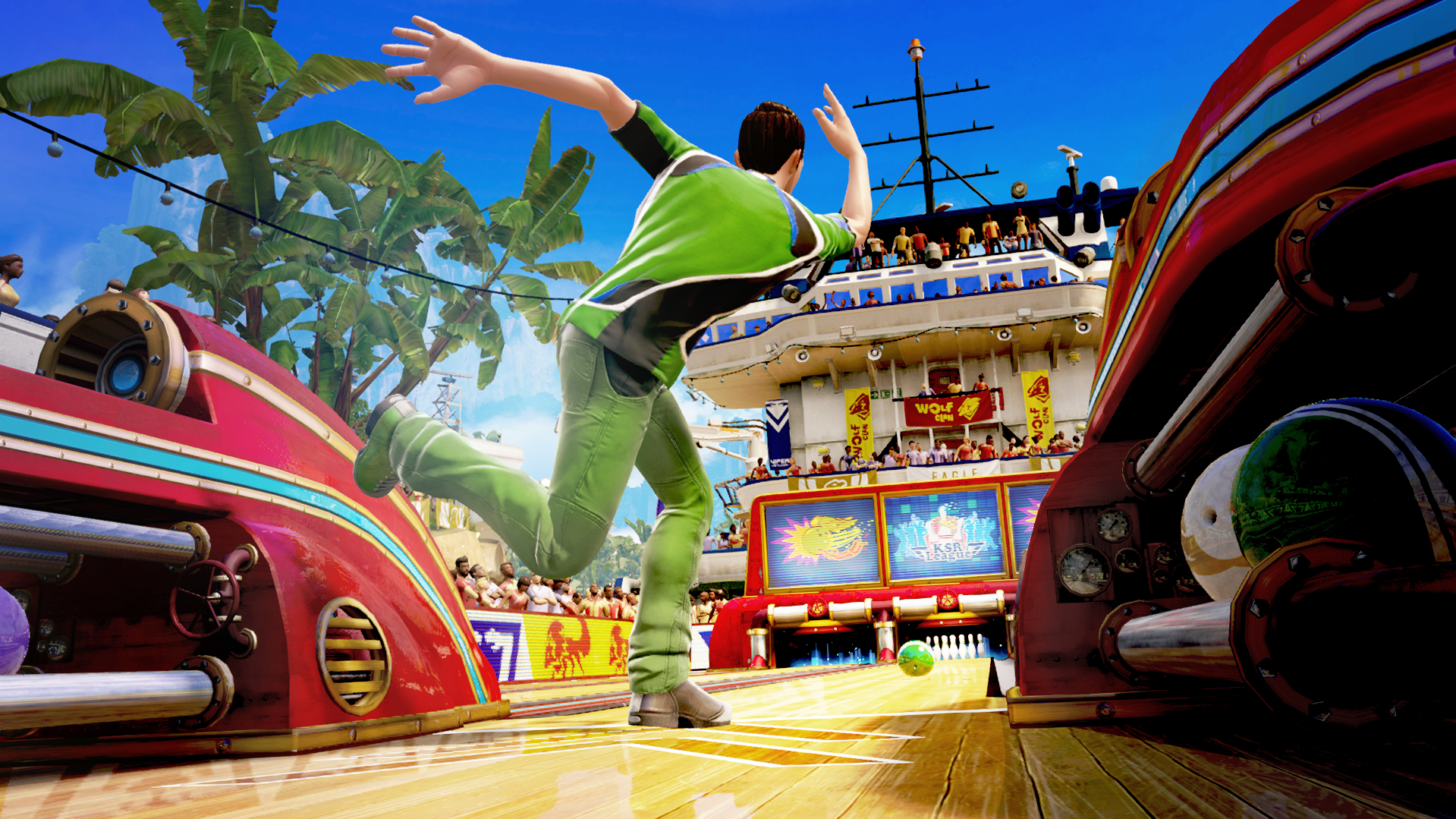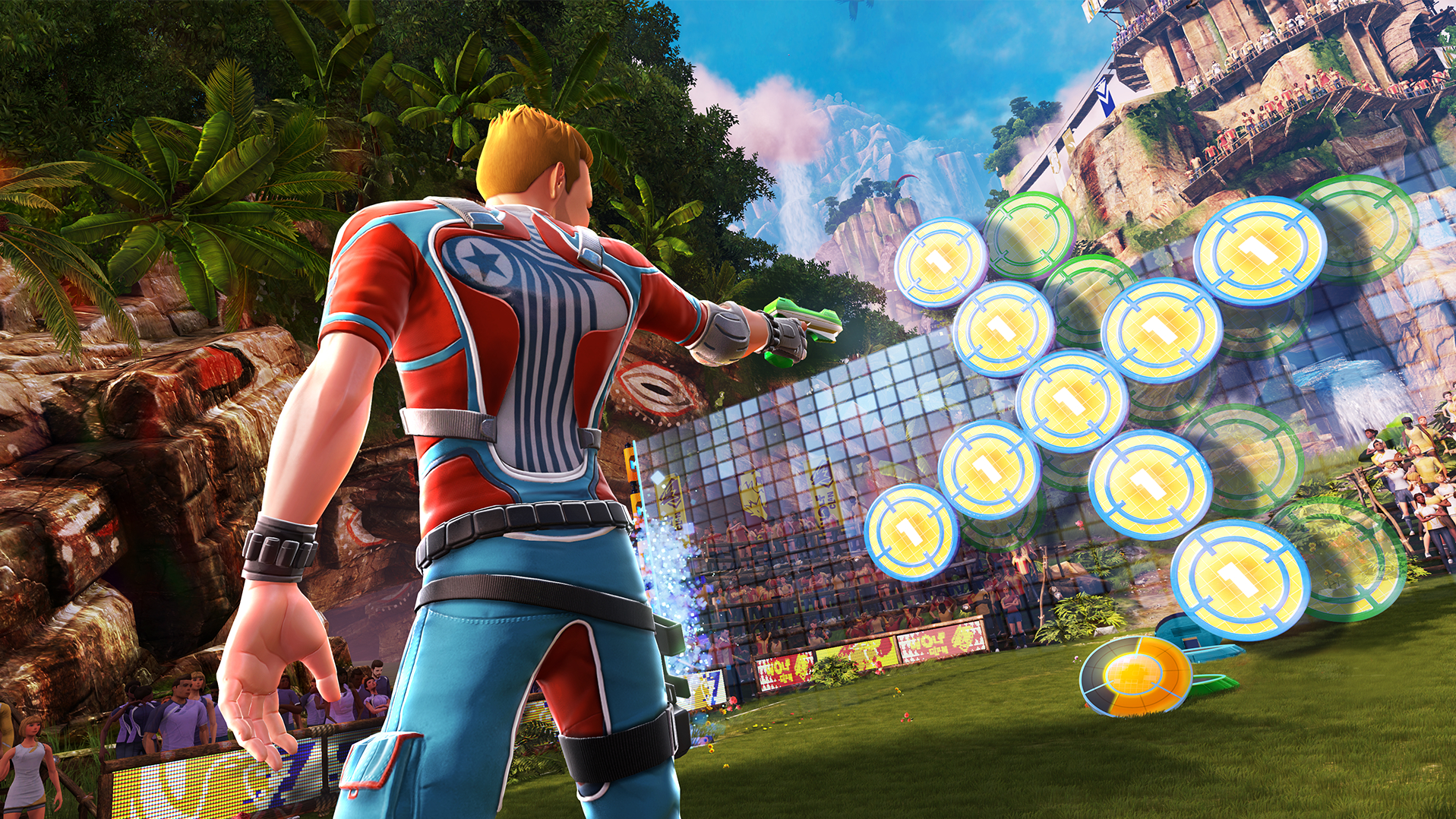Kinect Sports Rivals: is this the game that will define Xbox One Kinect?
Rare is waving in a new era of living room gaming

The first version of Kinect took a decent stab at finding new ways to play games, but Kinect 2.0 was promised as the gadget that would truly transform the living room experience.
And yet just four months after the Xbox One launch, Kinect has already somewhat faded into the background. Even Titanfall, the console's biggest exclusive - and arguably the first system-seller of this generation - didn't have time for Microsoft's gesture-based controller.
Xbox Fitness, meanwhile, is an impressive demonstration of features like the heart rate monitor, but it's too hidden away to be considered a formidable showcase. And don't even get us started on Fighter Within.
It's for these reasons that it feels like Kinect Sports Rivals will be the first game players truly measure Kinect 2.0 by. The first Kinect Sports on Xbox 360 was a big showcase for the first-generation living room technology, so Microsoft hopes Rivals can do the same again - and it's relying on Rare to deliver.
"We set out to make the game that showcases what Kinect can do," Rare's senior studio director, Craig Duncan, tells TechRadar. "It was important this title became a proof point of Kinect 2.0."
Kinect Sports impressed in a lot of ways but it was hampered by the limitations of the sensor's accuracy and intelligence. Those technological barriers are much wider in Kinect 2.0, and so Rare has spent two years trying to see how much it could squeeze out of Microsoft's new toy.

The game consists of several sporting events - rock climbing, bowling, football, jetski racing, target shooting, tennis - some of which featured in the 2010 title.
Get daily insight, inspiration and deals in your inbox
Sign up for breaking news, reviews, opinion, top tech deals, and more.
"Take Soccer on Kinect Sports 'One'," says Duncan. "There was an icon on the screen, you moved your head to match it and the ball bounced off your head. On Kinect Sports Rivals we now have a ball flying through the air and I can jump, head it left, I can head it right, I can head it forward."
No more faking
Bowling is a good example of the improvements that Rare has made. For example, we can now bowl in a number of different ways - overarm and the slow two-hander, if you so wish - while Kinect carefully detects and responds to our wrist movements as we lunge at the screen.

"We faked rotation," says Technology Lead Nick Burton on the original Kinect Sports. "Very well, I think. If I was throwing a bowling ball, the rotation didn't come from me rotation my arm, it came from the fact I moved my arm over my body as I finished. Now Kinect can totally figure out the actual rotation of my wrist."
"The other thing we faked was release," he adds, referring to the way the player opens their hand to let go of the ball. Another example of this is in the new rock climbing game which requires the player open and close their hand to imitate gripping the holds on the rock face.
But as far forward as Kinect has leapt, human nature itself will always be a barrier to total, inch-for-inch accuracy. It's a problem that you can't really solve.
"Even a controller only has a certain amount of fidelity," says the game's executive producer, Danny Isaac. "My history is with Fifa. We couldn't tell if someone was really aiming in the top corner. But we understood the situation and we understood that they were pressing the shoot button generally in that direction - so you help."

Despite the vast improvements on Kinect 2.0, there's still a requirement for some "help" with Rivals. "What you're trying to do is look at the user's intent," says Isaac. "We need to understand what the intent is and the clarity and robustness of the sensor just makes it much, much easier for us so we're not guessing as much. But on the other hand, everyone moves completely differently. You tell someone to hit a tennis ball, everyone's got a different style."
With less reliance on guesswork comes a an unevening of the playing field, and a move away from the "casual" taints of the first game to something that rewards skill.
"You can't walk up to Kinect Sports Rivals and just win. If someone is better than you and has invested more time in it, they will beat you," says Duncan.*
"In bowling, if you're going to throw it over your head every time, your chance of hitting the ball is going to be less than mine. But if you were to really work on it and master spin and get that wrist rotation right, you might exceed my skill. It's about getting that nuance into the games that we just couldn't do before."
Hugh Langley is the ex-News Editor of TechRadar. He had written for many magazines and websites including Business Insider, The Telegraph, IGN, Gizmodo, Entrepreneur Magazine, WIRED (UK), TrustedReviews, Business Insider Australia, Business Insider India, Business Insider Singapore, Wareable, The Ambient and more.
Hugh is now a correspondent at Business Insider covering Google and Alphabet, and has the unfortunate distinction of accidentally linking the TechRadar homepage to a rival publication.
